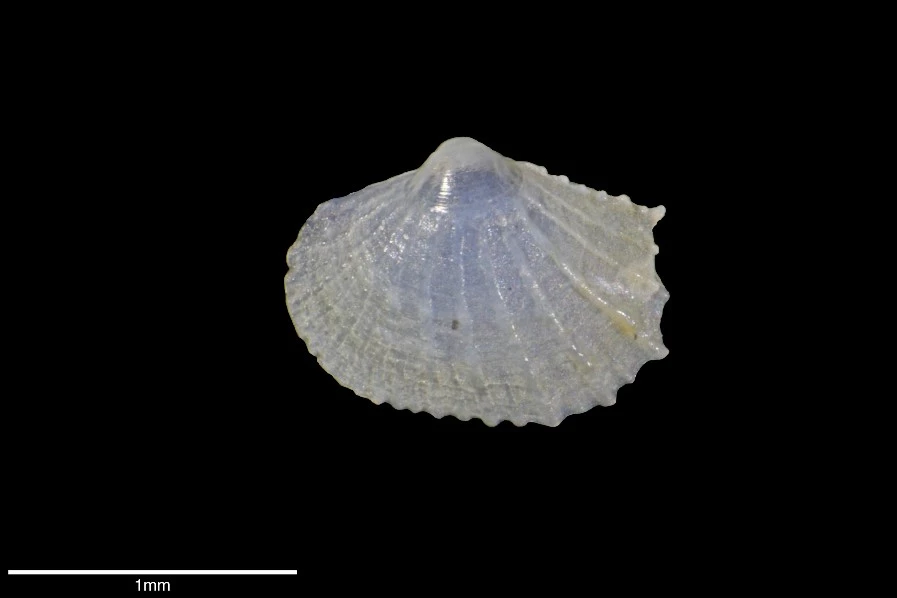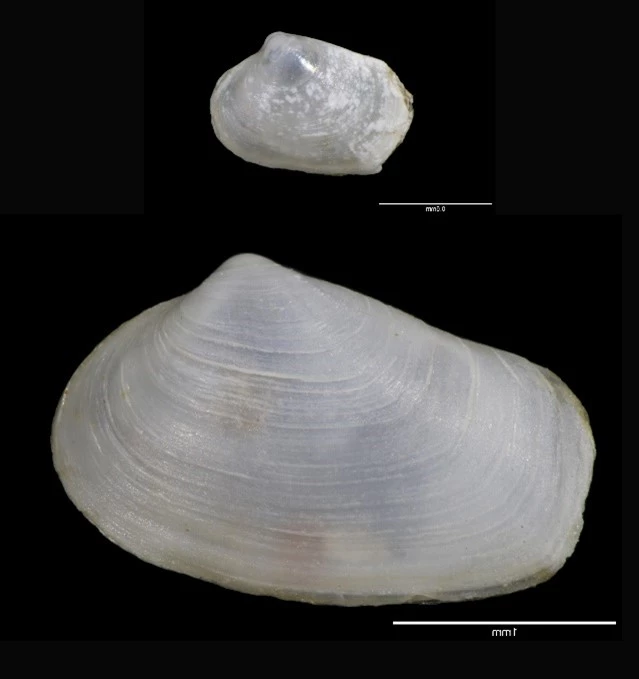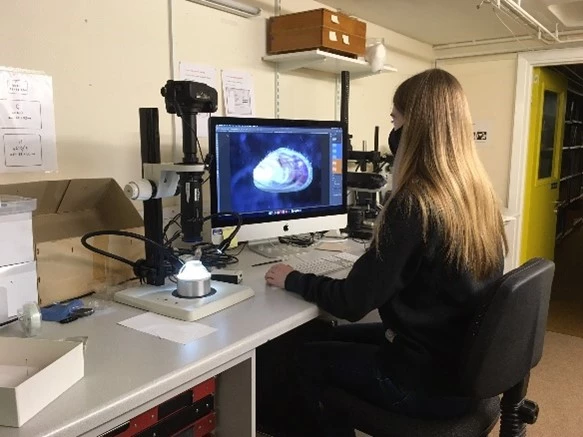A Shell Enthusiast's Dream - The Phorson Collection
, 21 Mawrth 2022
Hello! I’m Ellie, an undergraduate from School of Biosciences at Cardiff University (School of Biosciences - Cardiff University), completing a Professional Training Year as part of my undergraduate degree. I’ve spent the last few months at National Museum Cardiff working in the Natural Sciences department in Mollusca, spending my time aiding in the research conducted by curator Anna Holmes (Staff Profile: Anna Holmes | National Museum Wales). The project I’ve been involved in is to identify common British post-larval bivalve shells. This is important because there is very limited information available for identification of these species at post-larval stage, so the aim of this research is to provide a taxonomic tool for fisheries and other similar organisations to be able to identify these juvenile bivalve shells at a species level. So far, my main task has been imaging specimens from within the Museum collections, which contain an impressive number of shells with some dating back as far as the early 1900’s.
One particular part of the collections I have been lucky to study, and one found to be most useful to the project, is the Phorson collection. This collection consists of thousands of miniscule specimens, ordered by size and species, glued onto small pieces of black card. This collection is by far the most impressive I have yet seen, with the larger of the specimens on these size series slides all withinaround 6-8mm, so you can only imagine the time and effort that Ted Phorson himself spent ensuring his collection was to the utmost perfection. The collection itself was organized and curated by another student, Theodore (Curation of a British Shell Collection | National Museum Wales), a few years ago, who wrote about his time in the Museum and with this phenomenal collection: Adventures in the Mollusca Collections | National Museum Wales
Ted Phorson’s incredible collection consists of 160 different shell species, all of which have been carefully and precisely arranged (Ted Phorson: A personal recollection | The Conchological Society of Great Britain and Ireland (conchsoc.org)). I have found in my five months of imaging many different types of specimens of bivalve shells that Phorson’s collection is a shell enthusiast’s paradise. It is a dream to image this collection, where every shell is perfectly sorted, ready and waiting in a patient line to be photographed. Other specimens from other collections have to be gently put into position, one by one, so the camera can capture the exact angle of each shell, which can be rather time consuming.




